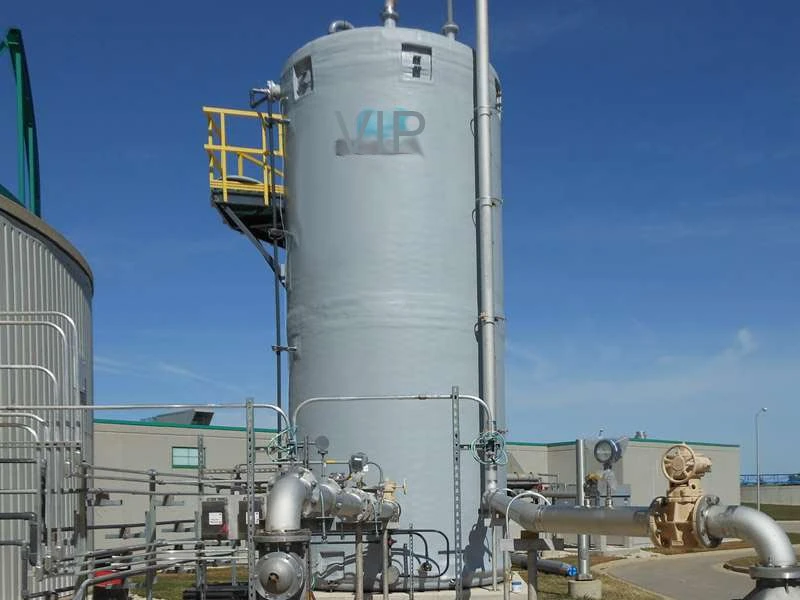
-
 Afrikaans
Afrikaans -
 Albanian
Albanian -
 Amharic
Amharic -
 Arabic
Arabic -
 Armenian
Armenian -
 Azerbaijani
Azerbaijani -
 Basque
Basque -
 Belarusian
Belarusian -
 Bengali
Bengali -
 Bosnian
Bosnian -
 Bulgarian
Bulgarian -
 Catalan
Catalan -
 Cebuano
Cebuano -
 China
China -
 China (Taiwan)
China (Taiwan) -
 Corsican
Corsican -
 Croatian
Croatian -
 Czech
Czech -
 Danish
Danish -
 Dutch
Dutch -
 English
English -
 Esperanto
Esperanto -
 Estonian
Estonian -
 Finnish
Finnish -
 French
French -
 Frisian
Frisian -
 Galician
Galician -
 Georgian
Georgian -
 German
German -
 Greek
Greek -
 Gujarati
Gujarati -
 Haitian Creole
Haitian Creole -
 hausa
hausa -
 hawaiian
hawaiian -
 Hebrew
Hebrew -
 Hindi
Hindi -
 Miao
Miao -
 Hungarian
Hungarian -
 Icelandic
Icelandic -
 igbo
igbo -
 Indonesian
Indonesian -
 irish
irish -
 Italian
Italian -
 Japanese
Japanese -
 Javanese
Javanese -
 Kannada
Kannada -
 kazakh
kazakh -
 Khmer
Khmer -
 Rwandese
Rwandese -
 Korean
Korean -
 Kurdish
Kurdish -
 Kyrgyz
Kyrgyz -
 Lao
Lao -
 Latin
Latin -
 Latvian
Latvian -
 Lithuanian
Lithuanian -
 Luxembourgish
Luxembourgish -
 Macedonian
Macedonian -
 Malgashi
Malgashi -
 Malay
Malay -
 Malayalam
Malayalam -
 Maltese
Maltese -
 Maori
Maori -
 Marathi
Marathi -
 Mongolian
Mongolian -
 Myanmar
Myanmar -
 Nepali
Nepali -
 Norwegian
Norwegian -
 Norwegian
Norwegian -
 Occitan
Occitan -
 Pashto
Pashto -
 Persian
Persian -
 Polish
Polish -
 Portuguese
Portuguese -
 Punjabi
Punjabi -
 Romanian
Romanian -
 Russian
Russian -
 Samoan
Samoan -
 Scottish Gaelic
Scottish Gaelic -
 Serbian
Serbian -
 Sesotho
Sesotho -
 Shona
Shona -
 Sindhi
Sindhi -
 Sinhala
Sinhala -
 Slovak
Slovak -
 Slovenian
Slovenian -
 Somali
Somali -
 Spanish
Spanish -
 Sundanese
Sundanese -
 Swahili
Swahili -
 Swedish
Swedish -
 Tagalog
Tagalog -
 Tajik
Tajik -
 Tamil
Tamil -
 Tatar
Tatar -
 Telugu
Telugu -
 Thai
Thai -
 Turkish
Turkish -
 Turkmen
Turkmen -
 Ukrainian
Ukrainian -
 Urdu
Urdu -
 Uighur
Uighur -
 Uzbek
Uzbek -
 Vietnamese
Vietnamese -
 Welsh
Welsh -
 Bantu
Bantu -
 Yiddish
Yiddish -
 Yoruba
Yoruba -
 Zulu
Zulu
extension of a threaded rod how to properly extend a ...
Understanding the Extension of a Threaded Rod Proper Techniques and Considerations
Threaded rods are versatile components commonly used in various applications, ranging from construction to automotive engineering. When it comes to extending a threaded rod, whether for repair or modification purposes, it is essential to follow proper techniques to ensure safety, structural integrity, and functionality.
What is a Threaded Rod?
A threaded rod is a long, cylindrical fastener characterized by a continuous helical ridge or thread along its length. These rods can be found in varying diameters and lengths and are typically made of materials such as steel, stainless steel, or plastic. The primary function of a threaded rod is to hold components together using nuts and washers, allowing for a secure and adjustable connection.
Reasons for Extending a Threaded Rod
There are several reasons one might need to extend a threaded rod
1. Repair and Maintenance Damaged or shortened rods may require replacement or extension to restore functionality. 2. Customization In some projects, original threaded rods may not meet specific length requirements, necessitating an extension. 3. Connection Adjustments Changes in design or load requirements may require longer rods to provide adequate support.
Proper Techniques for Extending a Threaded Rod
1. Assess the Need for Extension
Before attempting to extend a threaded rod, it is crucial to evaluate the necessity of the extension. Determine if the current rod is too short or if it has sustained damage that compromises its integrity. If modifications are essential, consider the type of load the extended rod will bear, as this will influence the materials and methods you choose.
2. Choose the Right Materials
extension of a threaded rod how to properly extend a ...

When selecting materials for extension, ensure compatibility with the original threaded rod. The extension must share the same thread size and pitch for proper fit. Common options for extensions include threaded couplings or additional lengths of threaded rod that can be securely connected. Make sure that the material you select can support the required loading conditions.
3. Thread Cutting and Securing
If you need a custom-length threaded extension, you may need to cut a rod to size and re-thread the ends to create new threads. This process requires a cutting tool and a die for threading. When cutting, ensure that the rod is clamped securely to avoid movement, and wear appropriate safety equipment.
After the threads are cut, clean the edges to prevent debris from interfering with the nut's fit. To attach the extension, use a threaded coupling or appropriate nuts. Ensure that all connections are tight and secure, using torque specifications provided by the manufacturer, if applicable.
4. Performing Load Tests
Once extended, perform load tests to confirm that the extended threaded rod meets the necessary load requirements. This testing should simulate the real-world conditions the rod will face in service. Pay attention to any signs of deformation or failure during the test.
5. Monitor Performance
After installation, it is essential to periodically inspect the extended threaded rod for signs of wear or looseness. Environmental factors, such as corrosion or fatigue, may impact the longevity of the rod. Regular maintenance will help ensure the ongoing integrity and safety of the installation.
Conclusion
Extending a threaded rod, when done correctly, can effectively solve various structural and functional deficiencies in applications. By carefully assessing the need, choosing the right materials, ensuring secure connections, and monitoring performance, you can extend a threaded rod safely and effectively. Following these guidelines will contribute to the overall success and safety of your project, whether it be in construction, machinery, or other fields where threaded rods play a crucial role.









